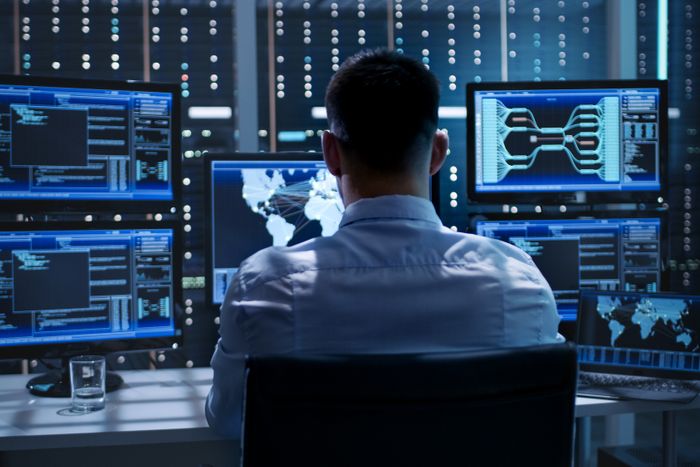Parktown Residences, developed by UOL Group, epitomizes innovation and luxury in urban living. Nestled within an exclusive address, these residences redefine contemporary living with their innovative design and premium amenities. Each aspect of Parktown Residences reflects meticulous attention to detail, from the architecturally stunning facade to the thoughtfully designed interiors. The apartments boast spacious layouts that maximize natural light and offer panoramic views of the city skyline or lush greenery, depending on the orientation. A hallmark of Parktown Residences is its commitment to blending functionality with aesthetics. The interiors are crafted with high-quality materials and finishes, creating a sense of elegance and sophistication. Residents can indulge in a range of amenities designed to cater to their every need, including a state-of-the-art fitness center, a serene spa for relaxation, and landscaped gardens for tranquil strolls.
The living experience at Parktown Residences is further enhanced by a host of recreational facilities, such as a sparkling swimming pool and dedicated spaces for social gatherings and events. The development also prioritizes security and privacy, with round-the-clock surveillance and access control systems ensuring peace of mind for residents. Beyond its physical attributes, Parktown Residences fosters a sense of community and exclusivity. Residents can enjoy bespoke services and personalized attention from a dedicated concierge team, who are on hand to assist with reservations, deliveries, and other daily needs. Located in a prime area, Parktown Residences offer unparalleled convenience with easy access to the city’s business districts, shopping centers, dining establishments, and cultural attractions.
Whether for work or leisure, residents can effortlessly navigate the bustling cityscape while returning to the tranquility and comfort of their private sanctuary. Parktown Residences by UOL Group represent a pinnacle of urban living, where innovative design harmonizes with premium amenities to create an unparalleled residential experience. This exclusive address not only redefines luxury living but also offers a sanctuary amidst the vibrant energy of the city, making it a coveted choice for discerning individuals seeking a sophisticated lifestyle. Whether enjoying breathtaking views from the comfort of home or exploring the vibrant neighborhood, residents experience a lifestyle that epitomizes comfort, convenience, and sophistication. Discover the allure of Parktown Residences UOL Group and elevate your living experience in one of Singapore’s most desirable suburban addresses.






